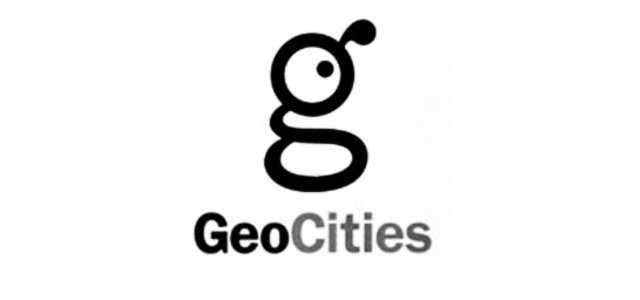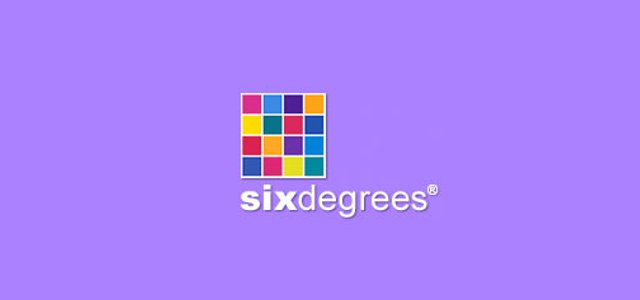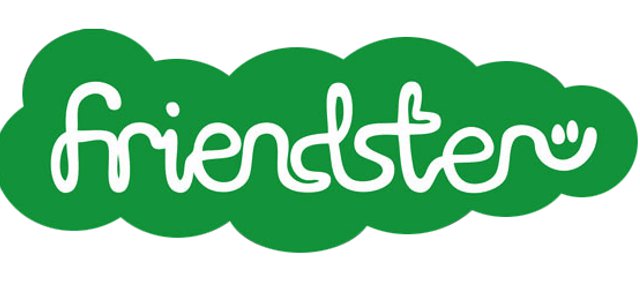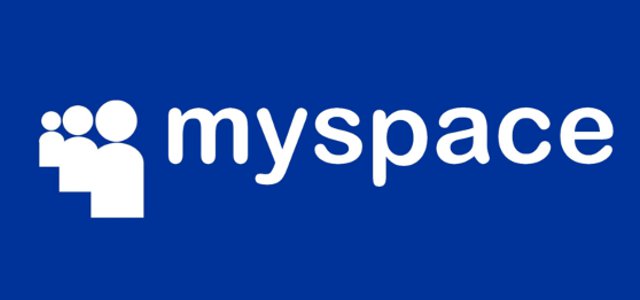
It’s been a long road for Facebook. What began as an intimate platform has turned into a social networking giant serving more than 900 million users.
Facebook may be cashing in on its intial public offering this week, but it wasn’t the first to introduce the world to online social networking — many other sites were once recognized as the most popular. What made them fall by the wayside?
For some, it was server instability or lack of financial support to hit the ground running. Other formerly popular networks received the necessary monetary backing, but were inhibited by the corporation that had acquired them — and some went on to morph the company into something broader than just social networking.
But perhaps the most important reason why other sites couldn’t compete with Facebook’s current growth is timing. Today, the web is stronger, faster and more crowded than ever — people rely on an Internet connection to communicate, earn revenue and entertain, among many other things. That wasn’t the case 10 to 20 years ago.
Take a look at some of the past social networking kings that existed before Facebook. That’s not to say all weren’t successful. Most are still around, but in a different form from which they originated.
1. AOL

For many computer users in the mid ’90s, the Internet was AOL. From chat rooms to the ubiqutous AOL Instant Messenger (AIM), AOL was the center of online activity. The company acquired one of the dominant desktop browsers (Netscape), the leading streaming music and MP3 services (WinAmp) and was the king of Web 1.0.
Then in 2001, AOL acquired Time Warner in its bid to become a media company. The merger was a disaster — one of the worst in business history. The fallout from the merger prevented AOL from keeping its eye on the evolving nature of technology, including broadband and real-time social channels.
AOL tried to compete again in the social space in the mid ’00s, but blunders like 2008′s $1 billion acquisition prevented success. Today, AOL is known as a media and advertising company and owner of such properties as The Huffington Post.
2. GeoCities

GeoCities was originally founded as a web hosting service that let users create communities of homepages on like-minded topics. The pages were hosted by specific “cities” — for example, “Silicon Valley” (computers/electronics) or “Hollywood” (Entertainment).
Near its peak, GeoCities was acquired by Yahoo for $3 billion. New copyright rules upset members and some left in protest. Among other issues, Yahoo was unable to make the site profitable and it was shut down in 2009.
3. SixDegrees.com

SixDegrees.com, named after the six degrees of separation concept, was one of the first social networking sites to exist. Users list friends and family, invite external contacts to join, then see if there were connections with other users on the site.
At its peak, SixDegrees.com had 1 million members and partnered with NADP. The site simply wasn’t profitable at the time, and shut down in 2001. It has since been revived, but is only open to former members and those who get an invite.
4. Friendster

Friendster was once considered the top online social network. It allowed users to connect, communicate and share online content with other members. Within a few months of launching, it had more than 3 million users.
During Friendster’s peak in 2003, Google offered founder Jonathan Abrams $30 million, however he chose to be funded by Kleiner, Perkins, Caufield & Byers and Benchmark Capital. The decline is considered one of the biggest blunders in the history of Silicon Valley. The site could hardly keep up with demand, and had trouble serving web pages. It was eclipsed by MySpace in 2004.
Friendster shifted in 2011 to focus on its expansion in Asia, and is now a social gaming site. Today, more than 90% of new users are based in Asia, and monthly users have increased by 50%.
5. MySpace

In 2003, Tom Anderson, Chris DeWolf and a few other Friendster users saw potential in the site, but felt it was lacking infrastructure. The MySpace team and its resources were supported by eUniverse. The new platform had the programmers it needed as it rapidly grew in popularity.
By 2006, MySpace was bought by NewsCorp for $580 million and had 100 million accounts. It peaked in 2007 when it was considered the leading social networking site, valued at $12 billion.
The site’s downfall began in 2008, when Facebook eventually caught up and overtook the Alexa ratings. Among other issues, Myspace struggled with a decline in ad revenue, failure to innovate and Facebook’s expansive membership to users under 18. The downfall accelerated in 2009, when it lost millions of followers monthly.
MySpace was bought for $35 million by advertising network Specific Media, and Justin Timberlake took ownership stake. Recently, Timberlake introduced MySpace TV. The site gained a million new followers in February 2012.
6. Second Life

Second Life’s online virtual world was developed in 2003 by Linden Lab. The service enables users to interact with others, create and trade virtual property, and participate in jobs and activities through an avatar. As of 2011, there were 1 million active users on the site.
Though Second Life was not necessarily a direct competitor to Facebook, the site became so popular that people made a living through their avatar. Some quit their jobs and others felt happier in a virtual life instead of reality.
Due to Second Life’s rapid growth rate, its servers struggled with instability. Eventual changes to the terms of service in order to comply with various international laws regulated or banned many Second Life businesses that once thrived.
7. Orkut

Orkut was quietly designed by Google in 2004. The social networking site was originally hosted in California, but today it is one of the most popular social networks in Brazil.
The site intended to help users connect with new and familiar people. It became popular in Brazil, India and Estonia — until 2010, when many users in Estonia and India switched over to Facebook.
Due to its prominence in Brazil, as well as its legal issues, the company moved its operation and management there to continue business. Today there are 66 million users on orkut.
Image courtesy of iStockphoto, blackred
More About: aim, aol, Facebook, faceboook ipo, features, friendster, geocities, myspace, orkut, Second Life, Social Media, trending
For more Business coverage:
- Follow Mashable Business on Twitter
- Become a Fan on Facebook
- Subscribe to the Business channel
- Download our free apps for Android, Mac, iPhone and iPad
Read more : 7 Companies That Could Have Been Facebook





0 Responses
Stay in touch with the conversation, subscribe to the RSS feed for comments on this post.